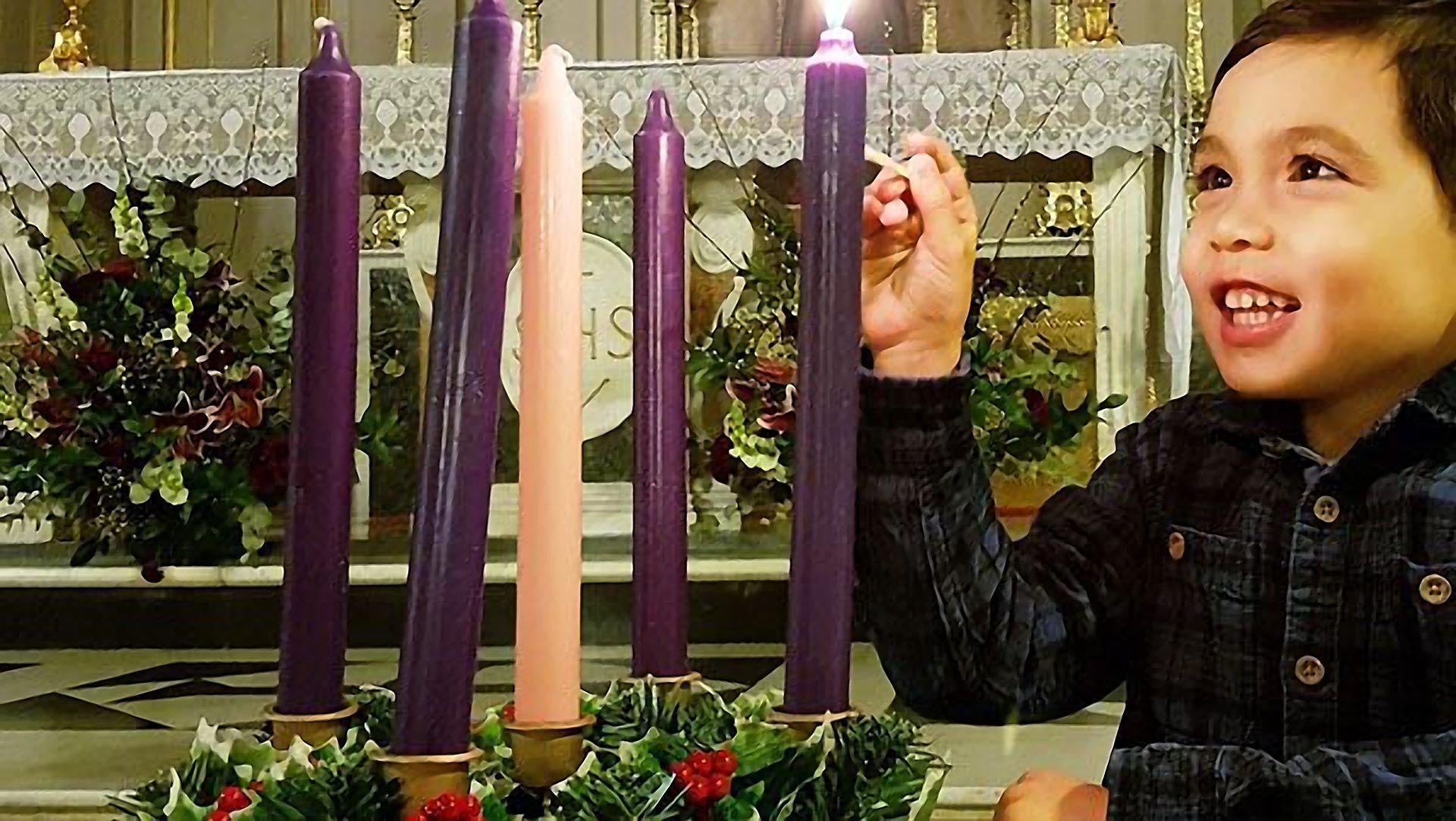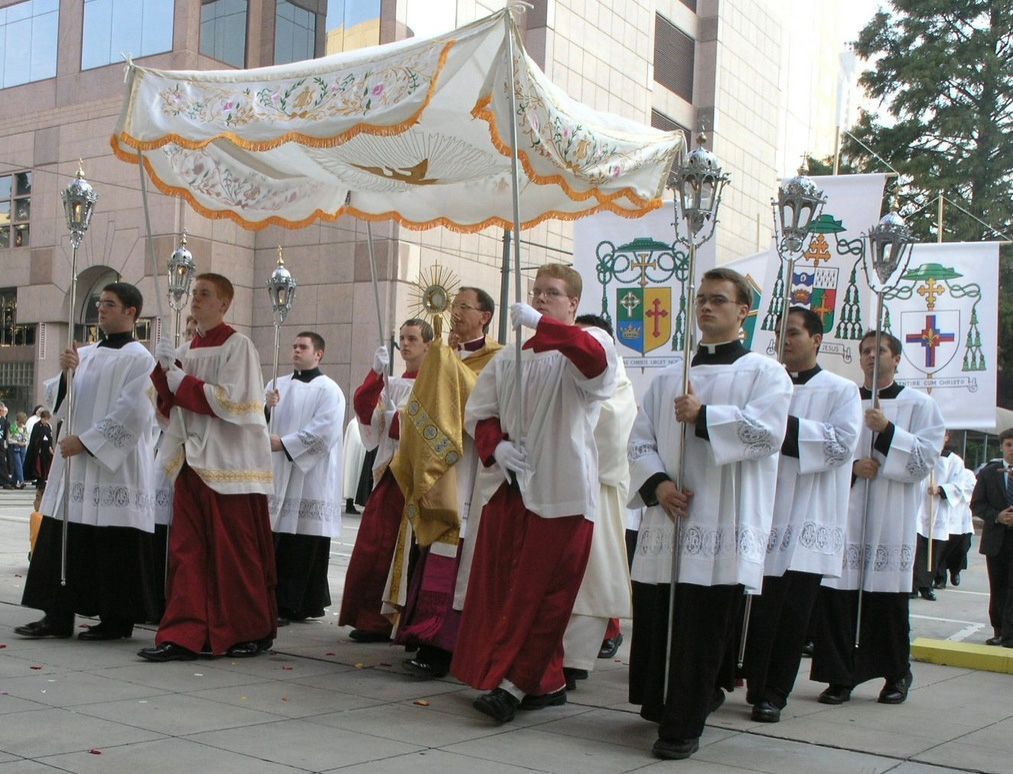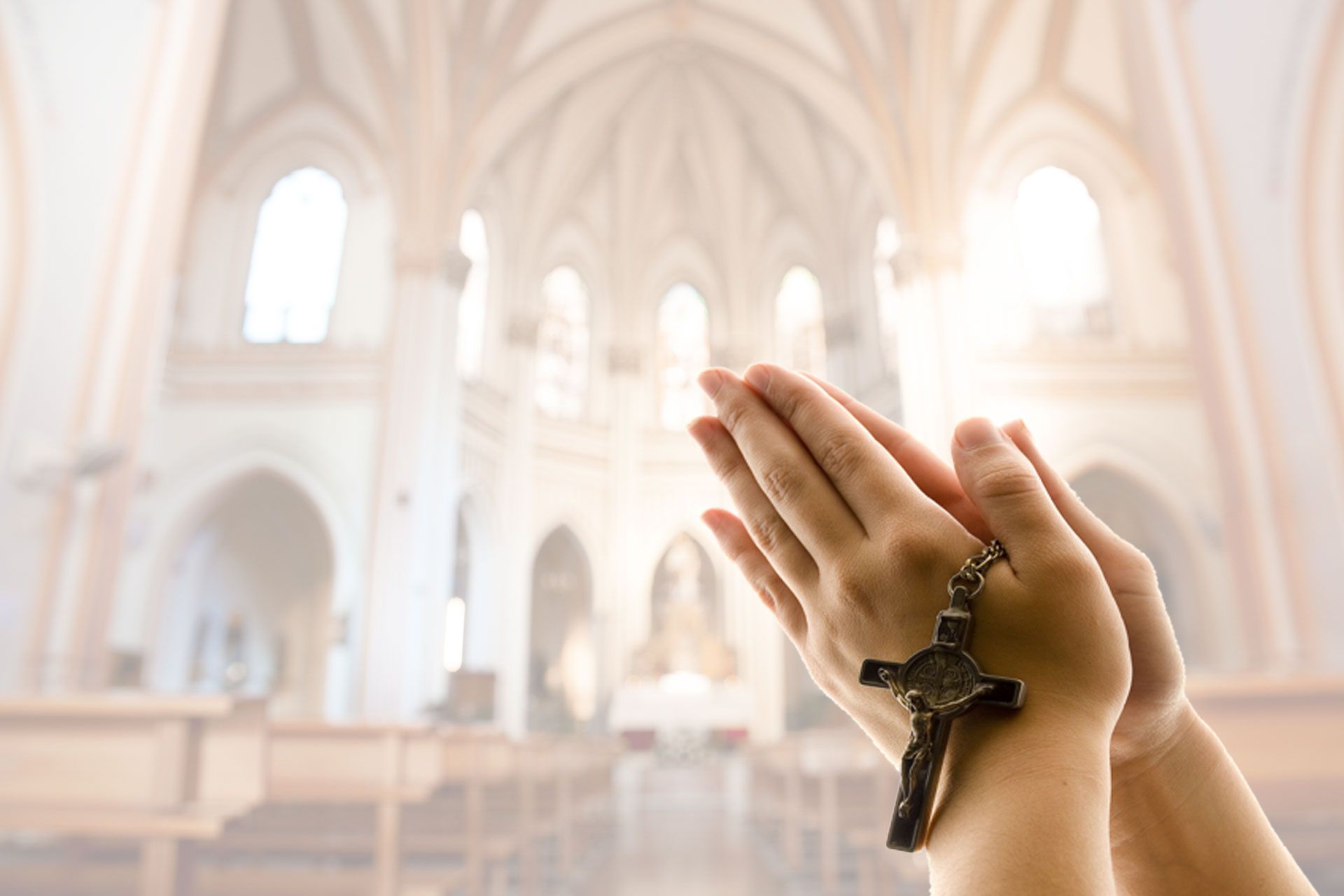Advent 2023
The Bethlehem Candle - A Symbol of Peace

Observing the Second Week of Advent is typically marked by lighting the "Bethlehem Candle," that symbolizes peace. This candle, which is colored deep blue or purple, is an important part of the Advent celebration.
Advent speaks to the idea of the Christian community coming together during the Advent season. This time of year, is associated with closeness, as people gather with loved ones to celebrate the Holy Days and reflect on the past year. Advent, which marks the beginning of the Christian liturgical year, is also a time of anticipation and preparation for the birth of Jesus. It is a time to come together in prayer, reflection, and celebration. Whether it's through attending church services, decorating the home, or participating in charitable acts, Advent provides many opportunities to connect with others and strengthen bonds within the community. During the time of Advent, we are also called to reflect on the virtues of love, kindness, and compassion. It is a time to focus on, not only the love that surrounds us, but for us to extend that love to others.
Through acts of kindness, both big and small, we can make a positive impact on the world for the better. This season reminds us to take the time to show gratitude and to spread joy. Let us embrace the spirit of Advent and carry it with us throughout the year to come, sharing love and thoughtfulness wherever we go. Especially this Advent season, we need to be that beacon of light in a world with so many tribulations that often feel so dark. It's about embracing the true meaning of Christmas and giving love. When the sun sets, may the celebration of Christmas be a testimony of our unwavering faith.
How do you plan on preparing for the infant in a manger this year? Reach out to your family, friends and all of those whom you love dearly by spreading the excitement of the Good News!
Inspired Reflections










